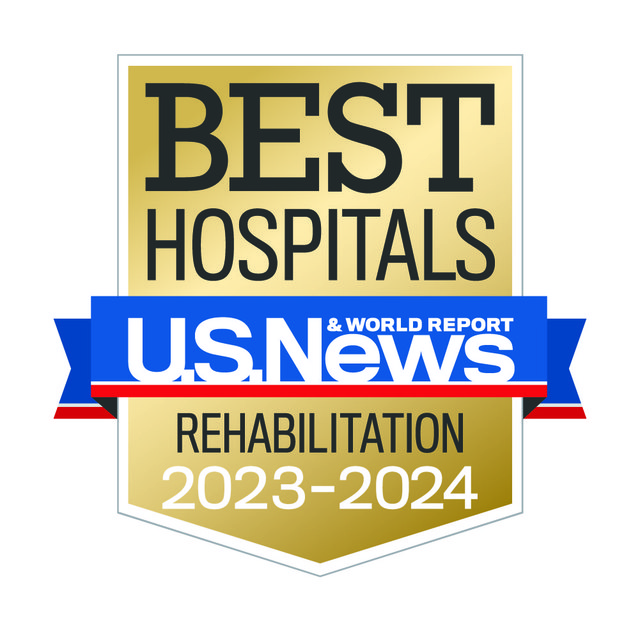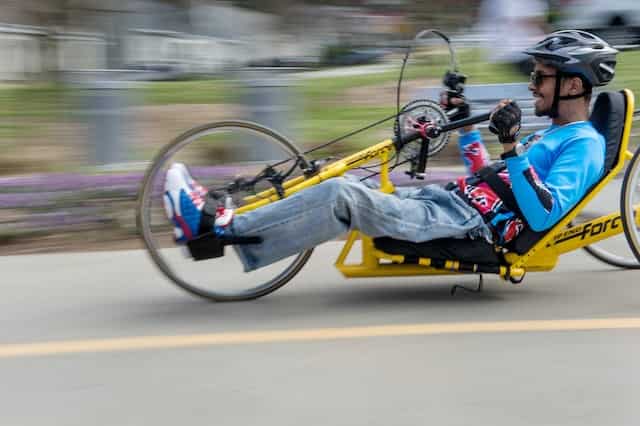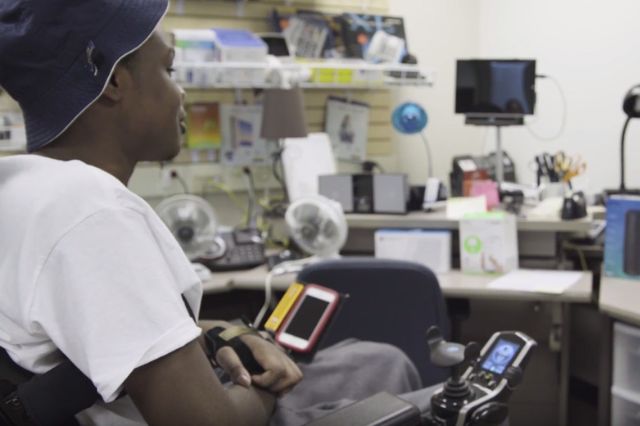Guillain-Barré syndrome Recovery FAQs
Diagnosis, Treatment, and Prognosis
- What is Guillain-Barré syndrome?
- What are the signs and symptoms of Guillain-Barré syndrome?
- How many people have Guillain-Barré syndrome?
- What causes Guillain-Barré syndrome?
- How is Guillain-Barré syndrome diagnosed?
- Do most people recover from Guillain-Barré syndrome?
Download our Guillain-Barré syndrome Fact Sheet
What is Guillain-Barré syndrome?
Guillain-Barré syndrome – pronounced GEE-Yan Buh-RAY – is a rare condition in which your immune system attacks your nerves. Although several types of the condition occur, in the United States, Guillain-Barré syndrome (GBS) most often affects the peripheral nerves that connect your brain and spinal cord to the rest of your body.
What are the signs and symptoms of Guillain-Barré syndrome?
The first symptom is usually weakness or a tingling feeling in your legs that gradually spreads to your upper body.
Other common Guillain-Barré symptoms that require treatment include:
- Changes in feeling/sensation
- Unsteady walking
- Pain
- Trouble with facial movements that can make it difficult to speak, chew or swallow
- Difficulty breathing
- High or low blood pressure or irregular heartbeats
- Paralysis
- Mild cognitive issues
Patients with more severe GBS cases may also experience other problems related to reduced mobility, including:
- Skin sores
- Blood clots
- Bladder or bowel control issues
How many people have Guillain-Barré syndrome?
The CDC estimates 3,000 to 6,000 Americans develop GBS each year on average. While it can strike anyone, it is most common in older adults and men. Some cases are very mild, while others can result in a patient being paralyzed and/or needing a ventilator to breathe.
What causes Guillain-Barré syndrome?
While we don’t know exactly, GBS is thought to be triggered by different viruses, including respiratory infections or stomach viruses, and less often post-surgery.
For more on the Zika virus and Guillain-Barré syndrome, read our article on The Relationship Between Zika and Guillain-Barré syndrome.
How is Guillain-Barré syndrome diagnosed?
It’s often difficult to detect GBS in its earliest stages. In addition to signs and symptoms and how a patient feels, doctors will often do a spinal tap (lumbar puncture) and electrical muscle and nerve tests to diagnose GBS.
Do most people recover from Guillain-Barré syndrome?
Yes, with Guillain-Barré treatment, most people will make a full recovery, though some may continue to have lingering weakness, numbness or fatigue. In some cases, GBS can lead to irreversible neurological damage, including permanent loss of function or paralysis. The main Guillain Barré treatment programs include IV immunoglobulin therapy and plasma exchange, often coupled with physical therapy to regain strength and movement.
Usually, if the onset is very fast, the Guillain-Barré recovery is slower, sometime up to one year or more; whereas if the onset is slower, recovery tends to be quicker. Access to immediate and specialized acute and intensive hospital-based treatment and outpatient rehabilitative care is critical, especially for the most severe cases.
“It is a highly complex disorder that requires out-of-the-box thinking, access to medical experts and a suite of comprehensive resources.”
– Ford Vox, M.D., rehabilitation physician at Shepherd Center




